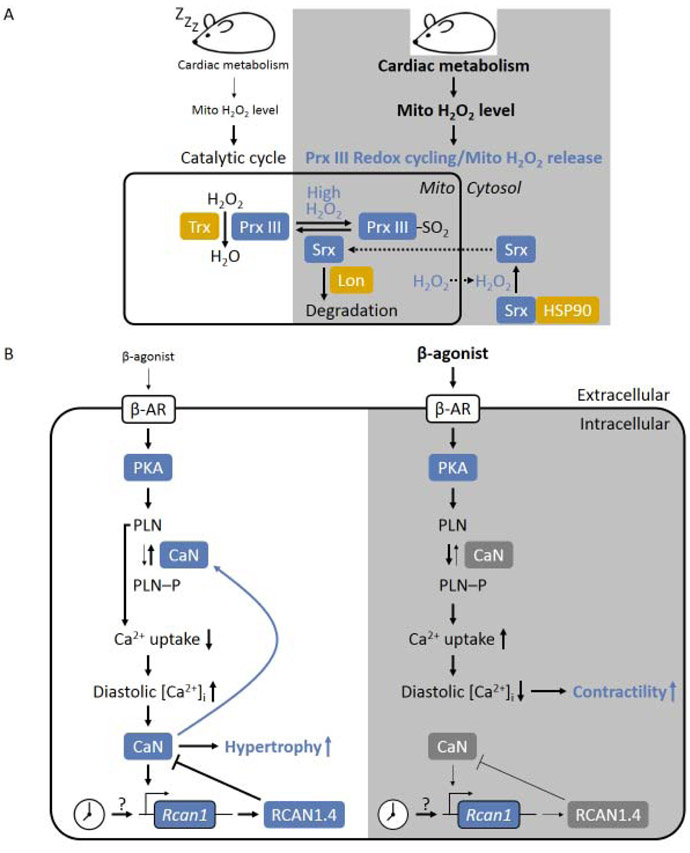Figure 3. Effectors of cardiac circadian clock.
(A) Circadian H2O2 release and Prx III redox cycling. During the resting phase, mitochondrial H2O2 level is low, Prx III is able to scavenge all the mitochondrial H2O2 through catalytic cycle. While in the active phase, the H2O2 production is increased due to increased cardiac metabolism, which lead to hyperoxidization of Prx III and the formation of the inactive Prx III-SO2. Excessive H2O2 released into cytosol oxidizes Srx leading to the formation of the Srx:HSP30 complex, which is required to reactivate Prx III.
(B) Circadian regulation of PKA/β-adrenergic and CaN signaling, resulting in low diastolic intracellular Ca2+ concentration ([Ca2+]i) in the active phase which favors increased contractility, and high diastolic [Ca2+]I in the resting phase which favors hypertrophy.

